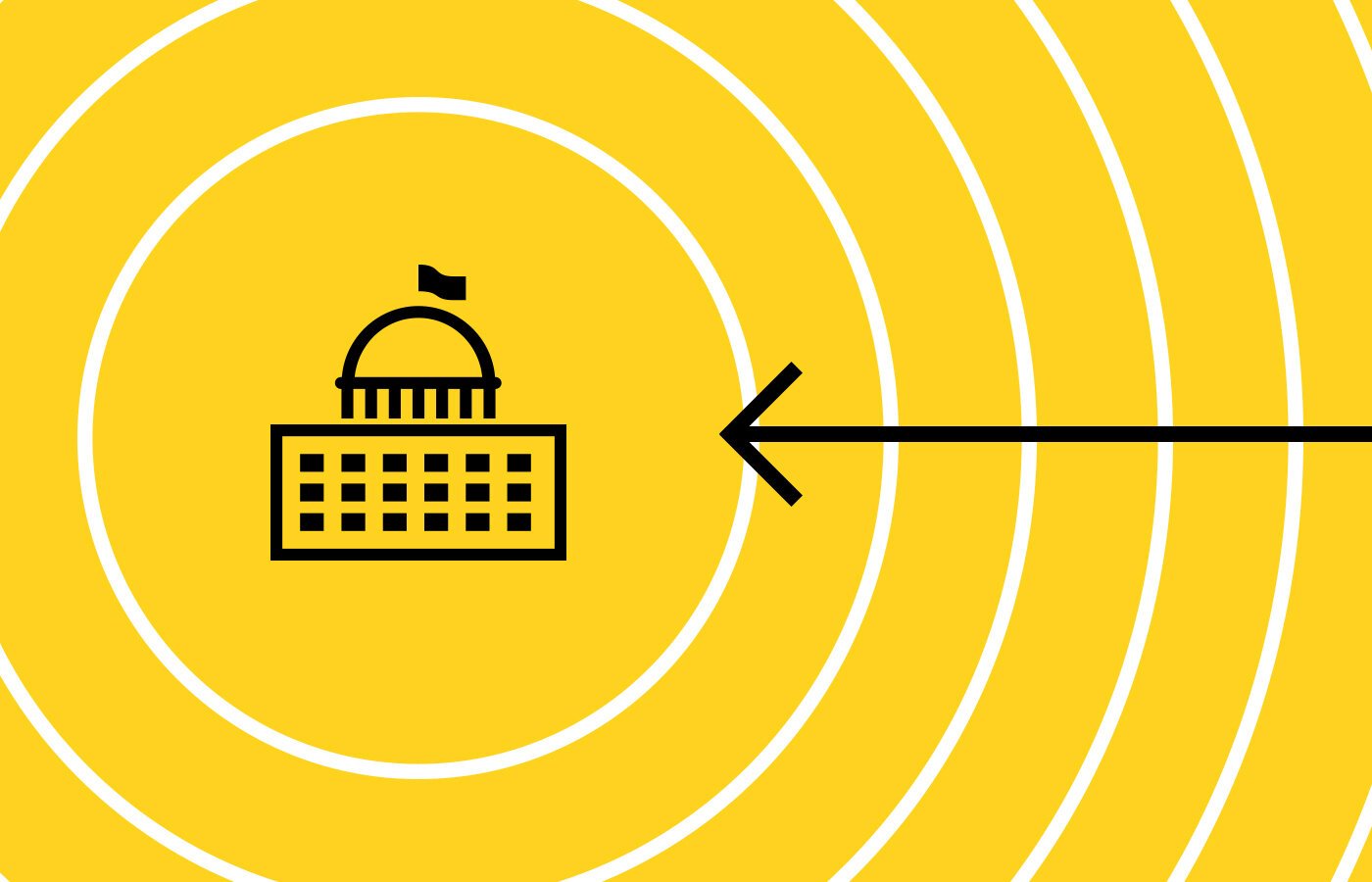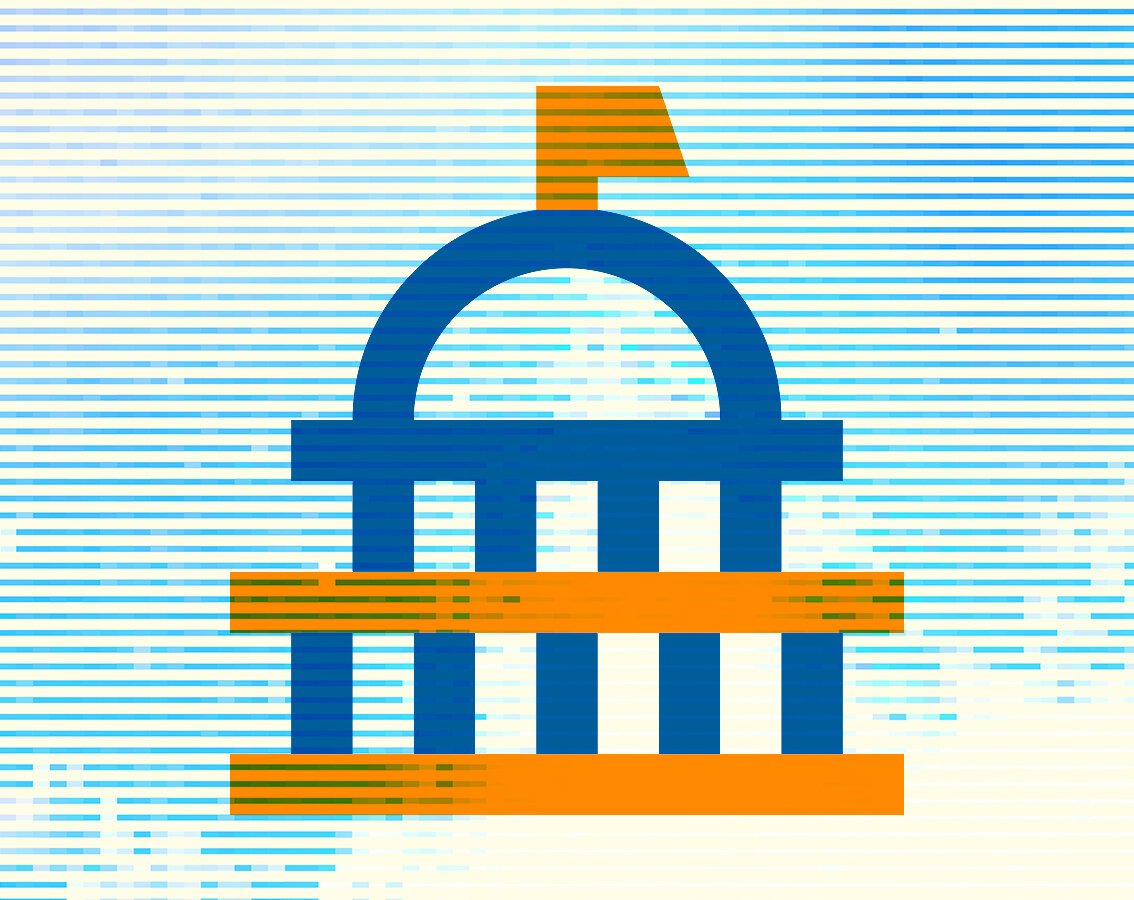blog
Maximizing Government Efficiency Through Automation
By Mohan S Digital transformation February 10, 2023

Governments around the world are functioning under the constant pressure to provide the best to their citizens. Despite most private sectors being highly adaptive to it, digital transformation for governments has been hard to adopt in processes and culture.
However, the benefits of automation are not lost on anyone. Cutting down on paperwork and taking over the digital tasks not only creates a happy customer base but also greatly increases employee satisfaction. Resulting in a much more simpler yet efficient workflow.
A Glimpse into the potential of automation
For each of the following, please discuss the how and the resultant benefit. These points should be brief, concise, and evidence based.
Increased efficiency
According to a survey, Jobs of 90% of knowledge workers and the productivity of 66% of them have been improved by automation.
An automated workplace creates more time and resources for the employees.They can focus better on the strategy, technology and innovation rather than focusing on doing tasks manually. Resulting in higher productivity levels.
Improved accuracy
Chances of human error are greatly reduced when working with machines and bots. Automation provides the ability to create perfect goods while identifying errors along the way.
The accuracy of automated tasks is higher due to:
Eliminating human error
Improving consistency
Relieves employee stress
Daily data entry to improve productivity
Enhanced productivity
McKinsey has estimated that automating tasks can raise productivity growth to 1.4% annually.
The overall productivity of an organization depends on two major factors- employee satisfaction and customer experience. When automation is used to perform processes of an organization, the overall employee efficiency dramatically escalates because of employees not having to sort through menial tasks. Customer experience becomes better as less errors are committed while communication and data information improves as well.
Cost savings
Automating means less error in performed tasks, eventually resulting in cost and time being saved.
Infact, Gartner reports that robotic automation can save around 25000 hours of redoing the work with human error. Which means saving an estimated 878,000 dollars.
Scalability
To be able to scale their operations organizations need to recognize their processes and automate them through technology. Automation plays a big role to minimize the amount of labor it takes to manage and maintain this growth.
When it comes to scalability, automation brings benefits to companies, such as better workforce efficiency, reduced manual activities, self service, more revenue and higher customer satisfaction.
Opportunities for Government to Employ Automation
From banking to approval processes, bill payments and reports. All functions of a government organization are susceptible to automation. Governments have an excellent opportunity to automate their procedures. Through RPA and AI, automation is an enabling factor towards streamlined administrations and optimized processes for any government.
Electronic Document Management Systems (EDMS)
An EDMS (Engineering Document Managing System) is how an organization can focus on their engineering documents and data. It's a useful software to centralize all engineering related data.
Some of the key benefits of an EDMS are:
Eliminating the need to printouts
No manual processes
Provide instant access to relevant information
Access documents directly on mobile
Manage the relationship between documents, designs, and assets
Document version update control
Ensuring up-to-date documentation
Provide better quality
Increase accuracy
An EDMS is an automated document organizer and a distributor. It allows employees to quickly share data amongst themselves without having to waste time.
Online portals and conversational AI
Pandemic has caused most governments organizations to provide a customer experience online, as citizens practice having their documentations and tasks being processed virtually as opposed to physically.
People preferred to stay updated on issues such as employment notices, documentation processes and the effects of the pandemic on the world. Conversational portals were introduced everywhere to provide a smoother communication between government officials and citizens.
These portals are usually extremely helpful in:
Increase customer satisfaction
Eliminate the need to navigate complex websites.
Reduce the wait time
Improves response time to basic inquiries
Virtual assistants, It help desk, Legal, finance or HR related services are also delivered by conversational applications. Improving the services and internal interactions for government organizations.
Workflow automation
UK Government Digital Service has migrated its departmental publishing to their official website. This includes passport and driver’s-license applications as well.
Automation has benefits throughout the functions of government. Lower operating costs, efficient processes plus less wastage and errors. Improving the overall workflow for throughout government sectors.
Automation in finance can improve cash management and control over finance operations.
Whereas, HR related matters, payroll, record management, benefits administration and recruitment are some functions automation can play a pivotal role in.
Application services across the governments include activities such as tax returns and visas. Via automation the time consumed to manage the application communication and process was severely reduced.
McKinsey has estimated that four out of five processes in HR, finance, and application processing are at least partially automatable.
Robotic Process Automation (RPA)
RPA technology is a software tool that has the ability to automate transactional processes.
It improves process accuracy and speed. Despite being highly adaptable, can only take a limited type of process and automate them. Some processes are more suited for automation than others. The required qualities of these processes are:
They need to be set on rules (no human judgment involved)
Repetitive by nature
Can be done any time (no set hours required)
Involves calculations
Involves data
Electronically prompted
Have a high error rate
Involve reconciliations
Conclusion
Private sectors have already reaped benefits of automation. The opportunity for automation in government is remarkable. Automation technology can help governments reduce costs and provide faster and better services. All this while improving customer relations. Which means satisfied citizens as well. The need to adapt to automation is urgent. Governments need to work on strategies to begin automation by planning accordingly and carefully scaling.


